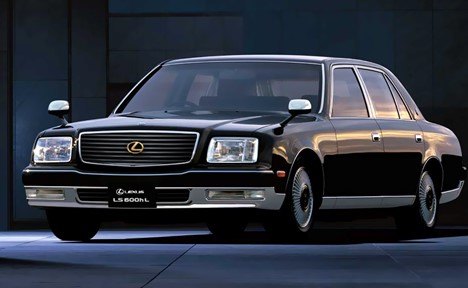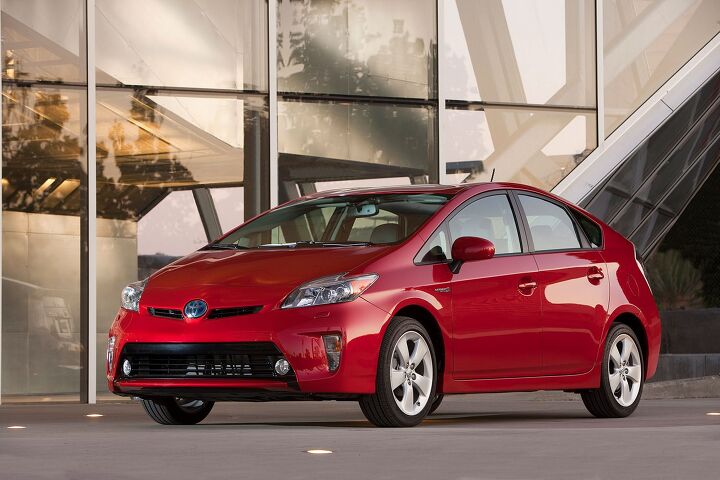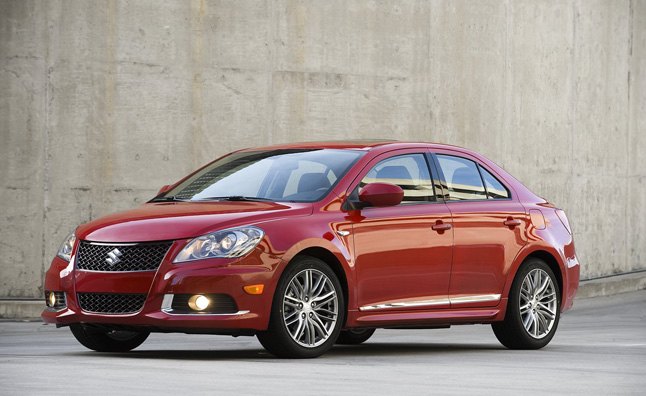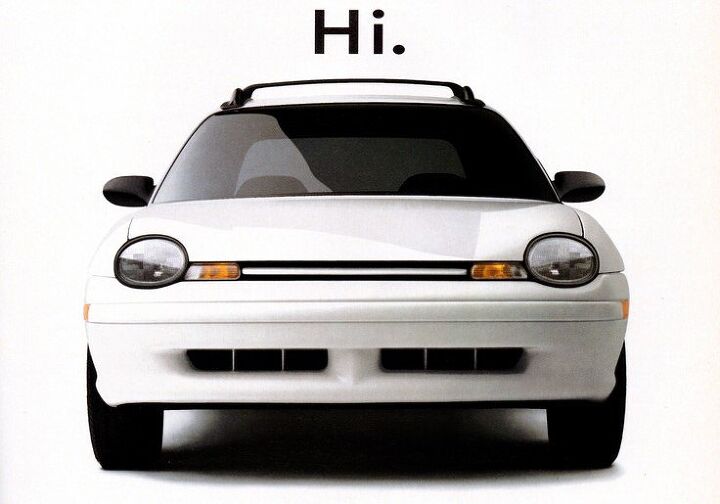#QuantumLeaps
Quantum Leaps: 1997 Lexus LS600h L
When Toyota first entered the high-end American luxury market with the Legendary Lexus LS400 and ES250 in 1989, it wasn’t a forgone conclusion that it would succeed. Automotive buff books of the era wrote articles questioning whether or not the yuppies would be willing to trade in their BMWs and Mercedes for a Japanese luxury car. Some even questioned whether the Japanese could be trusted to build a V8 at all, such was the xenophobic belief that a V8 luxury sedan was inherently a Teutonic thing.
A few decades on, it’s obvious that Lexus could compete successfully against BMW and Mercedes – but Toyota approached the market cautiously with its first cars, nibbling away at the S class and, later, the 190E and 3 series markets. What if it hadn’t? What if, instead of going down, Lexus had had the stones to go up? In today’s episode, our Automotive Sam Beckett travels back in time to convince Toyota that the V12 powered Century would make the perfect flagship for Lexus, and bring a vulnerable Mercedes-Benz to its knees.
Quantum Leaps: Geely Saves Saab Instead of Volvo
Quantum Leaps: Toyota Buys Tesla in 2010
Back in 2010, if you wanted to be seen as an eco-conscious consumer who was on the cutting edge of forward-thinking tech, you drove a Toyota Prius. Heck, even George Clooney drove one to the Oscars – and Clooney is cooler than you (or me, anyway). The Prius was such a hot seller that Toyota reportedly looked into the possibility of spinning it off into its own brand.
That, as they say, was then. Today, Toyota has fallen significantly behind market leader Tesla in the race to bring EVs to the mainstream. There are many reasons for that, of course – but big bets on stillborn hydrogen fuel cell technology and more than a little bit of overconfidence in the size of its market lead certainly played a part.
It didn’t have to be that way – and, in fact, Tesla’s trillion-dollar story could have gone very, very differently for Toyota. All they needed was a little bit of money, and a lot of cynicism.
Quantum Leaps - 1999 Chevy Silverado EV2
In 1996, General Motors unveiled the first modern electric car: The EV1. Built to prove that GM could satisfy California’s then-new zero-emissions regulations, the EV1 was a quick, efficient, electric two-seater that could be plugged into a standard 110 outlet. By all accounts, the car was well-loved by its owners lessors, but wasn’t profitable enough for GM to make a business case for the development of an EV2. GM halted production after the 1999 model year.
What if they hadn’t stopped there, though? What if, instead of cancelling the EV1, GM had decided to build on everything they’d learned about EVs and doubled down on it, using economies of scale to drive down costs to a level that could have been profitable? What if they had a platform that they already knew they were going to make hundreds of thousands of, every year, standing by at the ready? And, finally, what if that platform had been sturdy enough to carry around an extra thousand pounds of battery without breaking a sweat?
They did, and the 1999 Chevrolet Silverado EV2 is the story of GM dominance that never was.
Quantum Leaps: Suzuki Kizashi Hayabusa Edition
The Suzuki Kizashi was not a great car. That said, it certainly wasn’t a bad car – and I don’t think I’ll court controversy by saying that the car, launched nearly in tandem with news that Suzuki was withdrawing from the U.S. market, never really got a fair shake. It was a car that, for a reasonable-ish $27,000, could be had with a manual transmission and all-wheel-drive. That, along with a willing chassis and some “ drivers’ car” marketing, makes for a great story. “I coulda been a contender,” and all that.
There was another marketing pitch for the little Suzuki Kizashi that lives rent-free in my brain, though. It’s the one where Suzuki compares the Kizashi to its racy GSX-R sport bikes and all-conquering, big-bore hyperbike, the Hayabusa, and makes the case that the Kizashi might just be a four-wheeled Suzuki motorcycle that you can strap some child seats into.
Would a simple engine swap be enough to make the Kizashi a sports car for the ages? Let’s find out.
Quantum Leaps: The 2.2L Dodge Neon GLH-S
When it launched in 1994, the original Dodge Neon was a different kind of car – and not just because it looked fun and friendly while the outgoing Shadow it replaced was trying very hard to look sporty by the end.
It was different because of its ads, which were simple and non-threatening. The car was kept simple inside, too. A 2.0-liter engine was standard (available in 132 horsepower with a SOHC head or 150 hp with DOHC), and could be had with a 5-speed manual or 3-speed automatic transmission. You could get power front windows, but rear windows were crank-only. What’s more, the cars were genuinely fun to drive in almost any trim level, leading our very own Matthew Guy to label it as one of the best, unheralded performance cars of its day.
Which, I mean, that’s great and all. But what if Chrysler had made a different call with the Neon powertrain? What if we could go back in time again, Sam Beckett-style, and fill the space under the Neon’s hood with the 175 hp turbocharged engine from the Dodge Omni GLH-S, would that car have ended up as an “unheralded” performance car, or one of the all-time classic sport compacts?
Let’s talk it through.




















Recent Comments